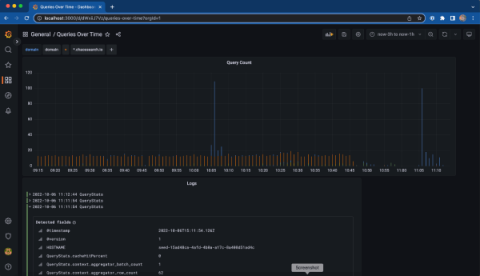Honeycomb Welcomes New Field CTO
I am thrilled to share with you that Honeycomb now has a Field CTO: our very own Liz Fong-Jones. When Liz joined us, nearly four years ago, she was our first developer advocate and principal engineer. It was a bit of a risky move—on both our parts.











